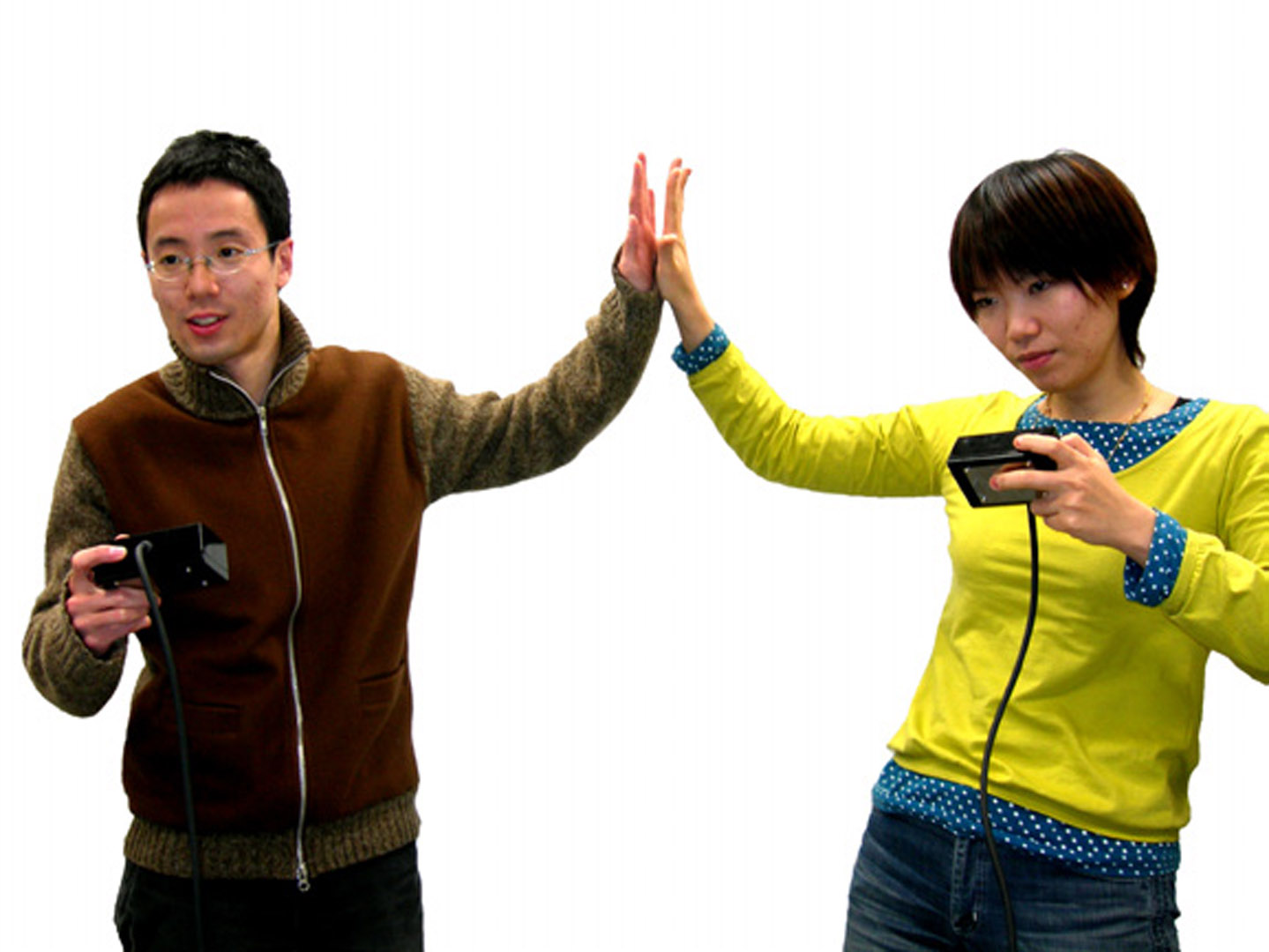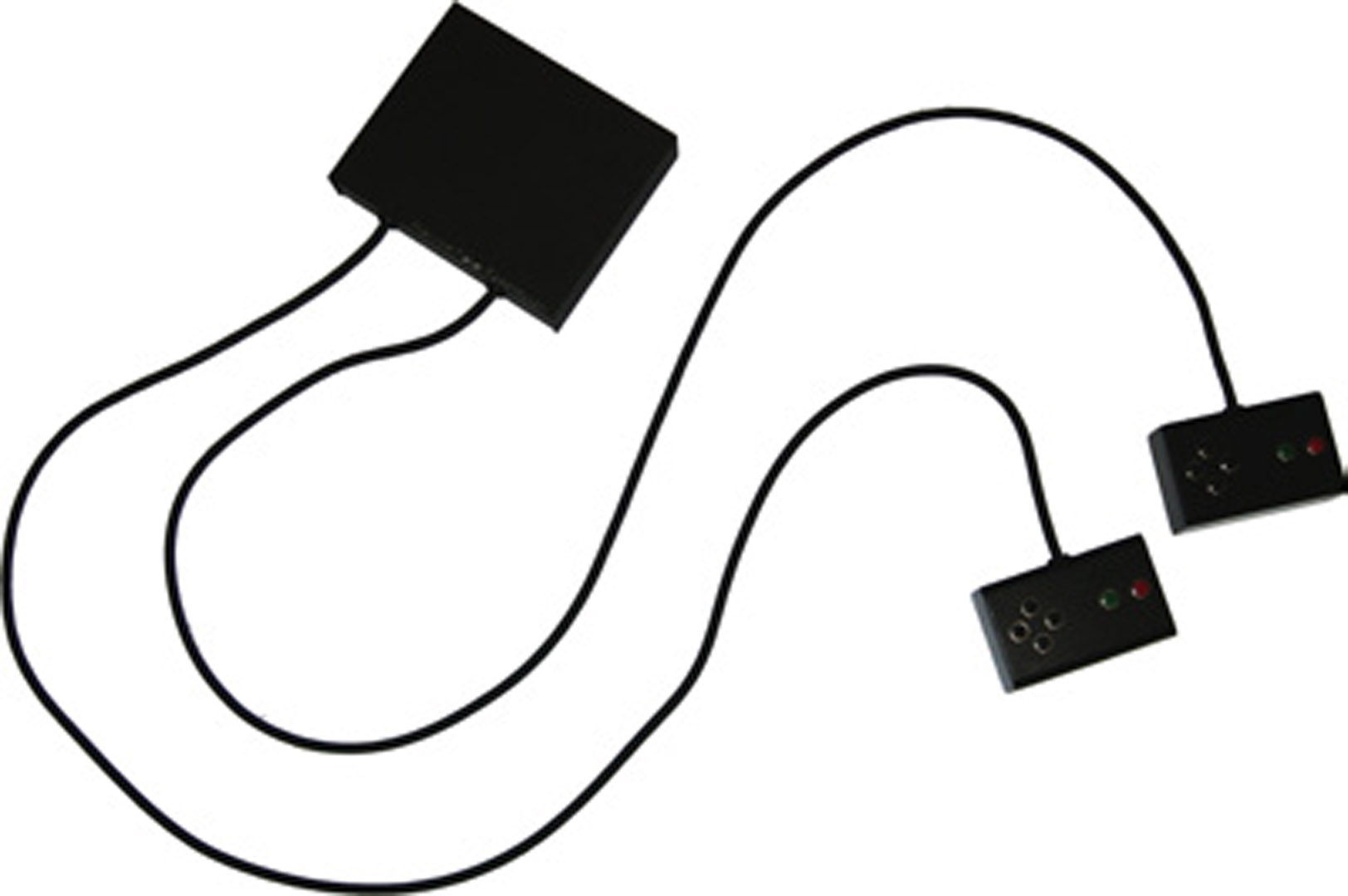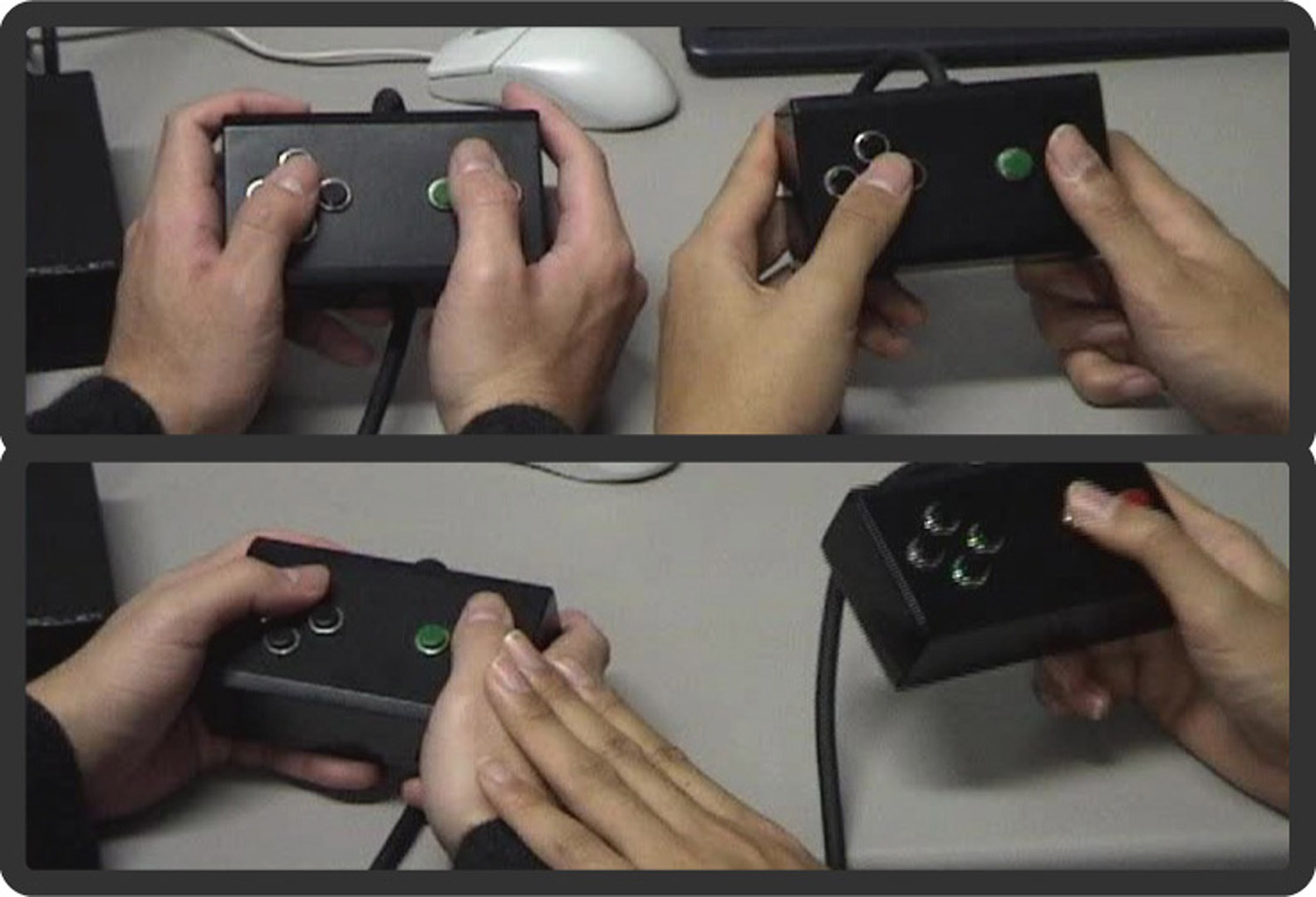“Video Game that Uses Skin Contact as Controller Input” by Baba, Ushiama, Tsuruno and Tomimatsu
Conference:
- SIGGRAPH 2007
-
More from SIGGRAPH 2007:


Type(s):
Entry Number: 27
Title:
- Video Game that Uses Skin Contact as Controller Input
Presenter(s):
Description:
Abstract
In this paper, we present the first stage of our video game prototype which treats skin contact as controller input. Skin contact is communication which has special emotion. Video game also has elements of communication, for instance, Family Computer [Nintendo 1983] has two controllers in order that family or friends can play the game together. We use these two features and propose the interaction that players can enjoy video games with skin contact. We implemented the game controller and two video games. The controller has the mechanism which enables to detect skin contact. One of games of our prototype is a shoot-em-up game. Another is a rhythm action game. Our goal of this research is to show the increase of enjoyment and intimacy at the game with using skin contact.
Other Information:
References
BABA, T., AND TOMIMATSU, K. 2006. Freqtric drums. In SIGGRAPH ’06: ACM SIGGRAPH 2006 Emerging technologies, ACM Press, New York, NY, USA, 12.
BRAVE, S., AND DAHLEY, A. 1997. intouch: a medium for haptic interpersonal communication. In CHI ’97: CHI ’97 extended abstracts on Human factors in computing systems, ACM Press, New York, NY, USA, 363–364.
FOGG, B., CUTLER, L. D., ARNOLD, P., AND EISBACH, C. 1998. Handjive: a device for interpersonal haptic entertainment. In CHI ’98: Proceedings of the SIGCHI conference on Human factors in computing systems, ACM Press/Addison-Wesley Publishing Co., New York, NY, USA, 57–64.
FUKUMOTO, M., AND TONOMURA, Y. 1997. Body coupled fingerring: wireless wearable keyboard. In CHI ’97: Proceedings of the SIGCHI conference on Human factors in computing systems, ACM Press, New York, NY, USA, 147–154.
HACHISUKA, K., NAKATA, A., TAKEDA, T., SHIBA, K., SASAKI, K., HOSAKA, H., AND ITAO, K. 2003. Development of wearable intra-body communication devices. Sensors and Actuators A: Physical 105, 1, 109–115.
NINTENDO, 1983. Family computer(nintendo entertainment system). http://www.nintendo.com/.
NINTENDO, 2006. Wii. http://www.nintendo.com/channel/wii.
SMITH, J. D., AND GRAHAM, T. C. N. 2006. Use of eye movements for video game control. In ACE ’06: Proceedings of the 2006 ACM SIGCHI international conference on Advances in computer entertainment technology, ACM Press, New York, NY, USA, 20.
WANG, S., XIONG, X., XU, Y., WANG, C., ZHANG, W., DAI, X., AND ZHANG, D. 2006. Face-tracking as an augmented input in video games: enhancing presence, role-playing and control. In CHI ’06: Proceedings of the SIGCHI conference on Human Factors in computing systems, ACM Press, New York, NY, USA, 1097–1106.
ZIMMERMAN, T. 1996. Personal area networks: near-field intrabody communication. IBM system journal 35, 3-4, 609–617.
Keyword(s):
- interaction design
- game controller
- skin contact
- video games
- communication
- interpersonal communication
Additional Images:
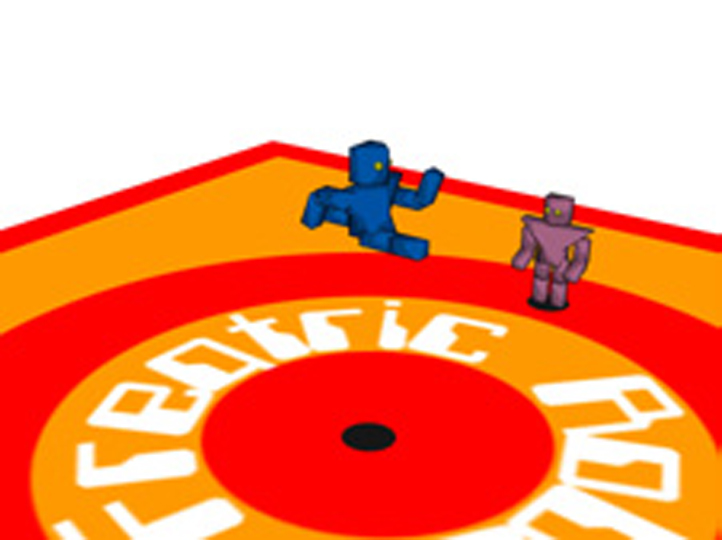
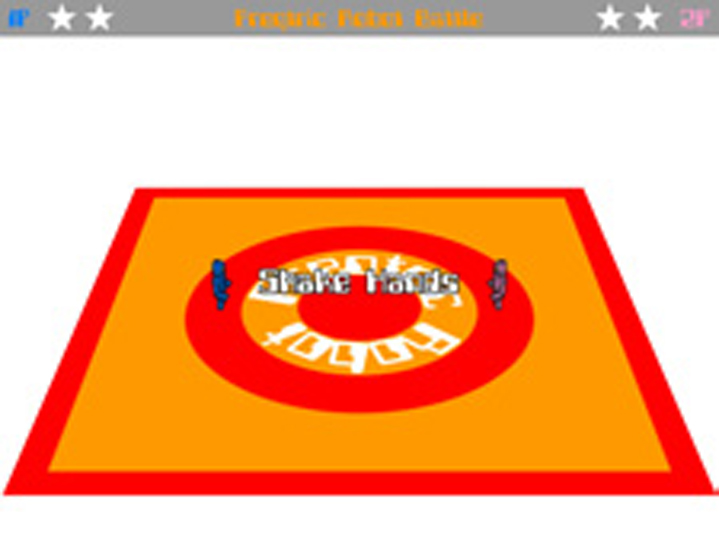
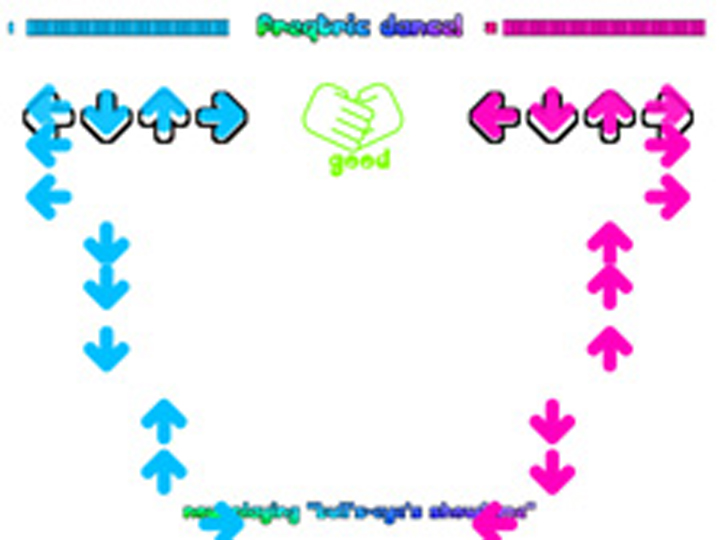


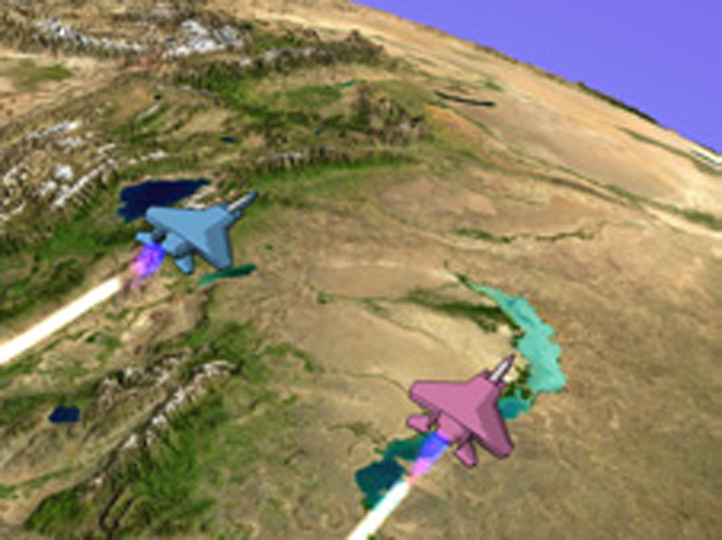
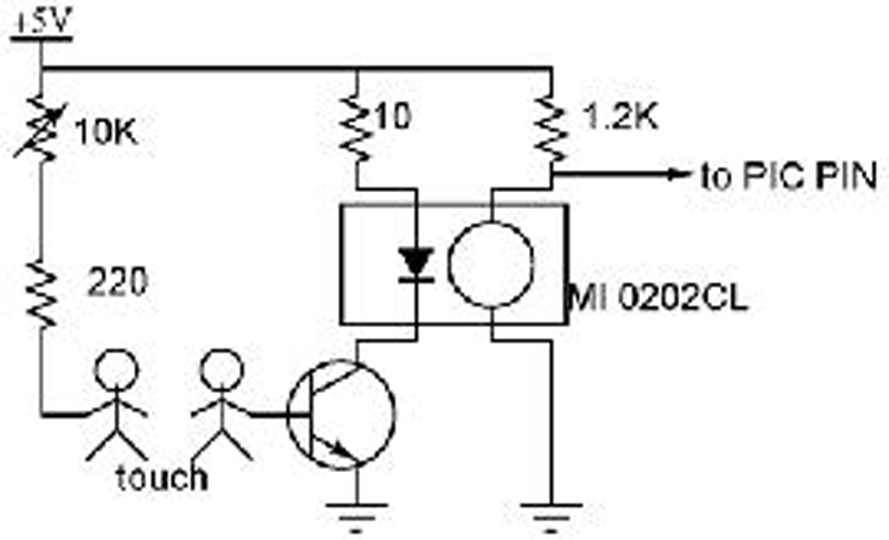
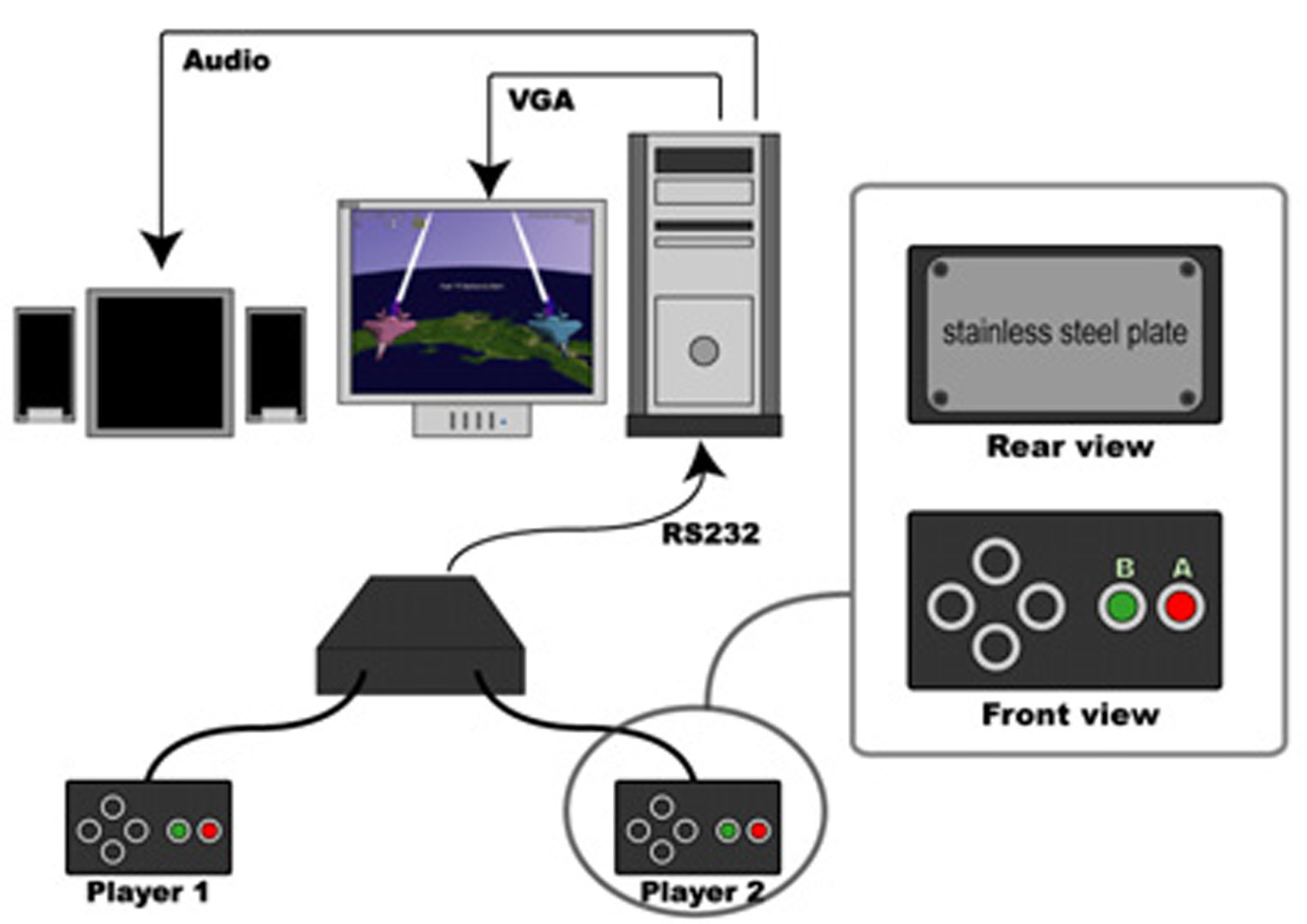
Acknowledgements:
The author would like to thank Kiyonori HIGUCHI, Jun KOZUKI and Takayoshi KAMIJO for licensing to use their music tracks in Freqtric Dance.

